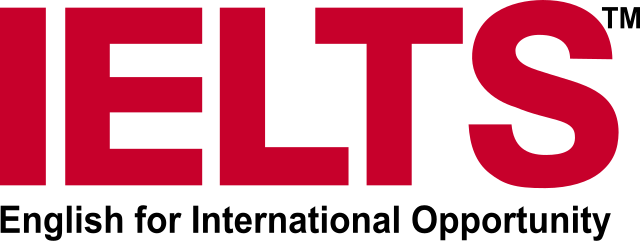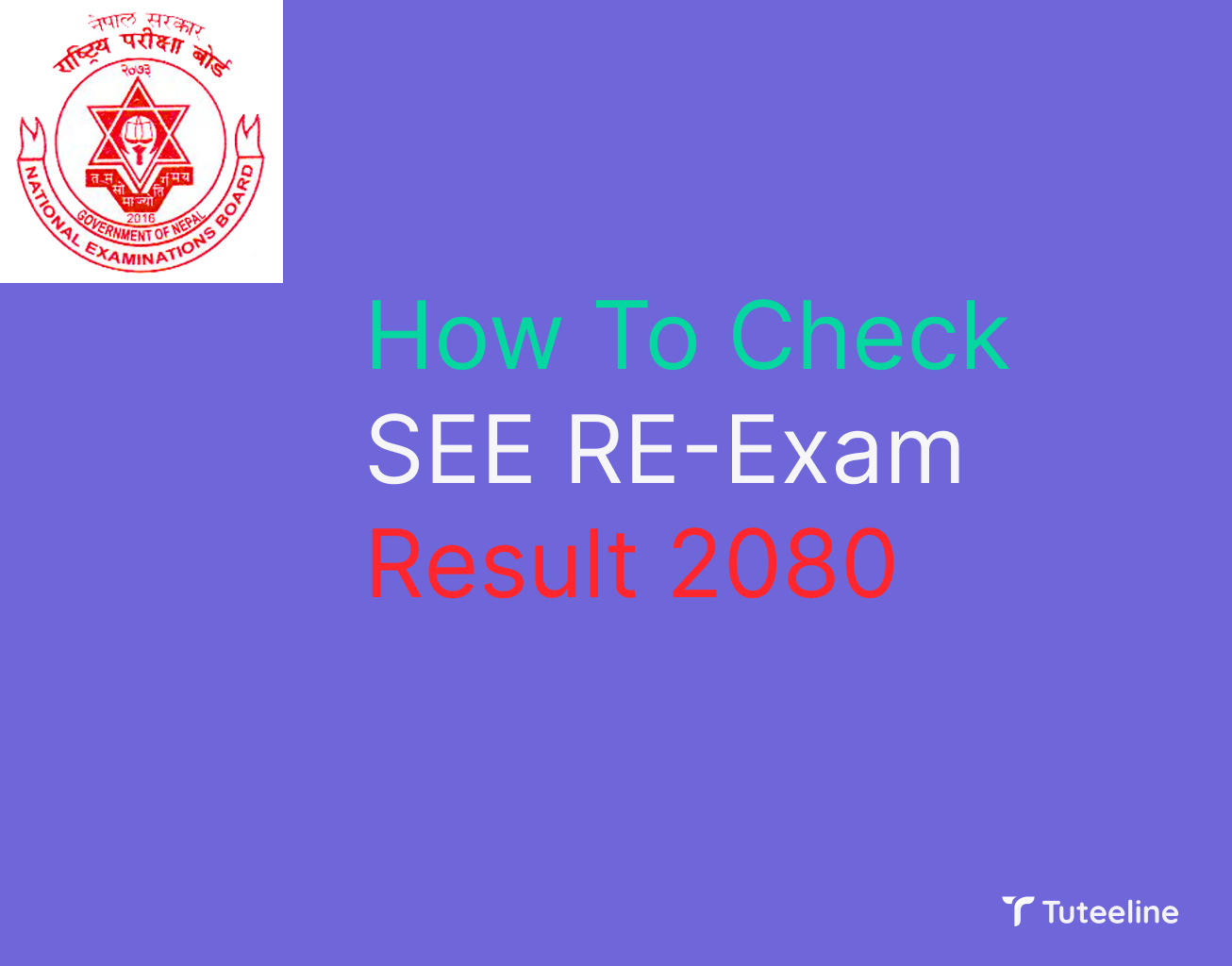In this blog post, we'll break down the essential steps and requirements for applying for a US student visa in a simple and easy-to-understand way.
Step 1: Choose Your School and Program: Begin by selecting a US educational institution and the academic program you wish to pursue.
Step 2: Get Your Letter of Admission: Apply to your chosen institution and secure your acceptance letter.
Step 3: Gather Your Documents: Collect the necessary documents for your visa application.
Step 4: Health and Biometrics: Be prepared for health checks and biometric data collection, if required.
Step 5: Complete the Online Application: Fill out the online nonimmigrant visa application form (Form DS-160) with your personal and educational details.
Step 6: Pay the Application Fees: Submit the required application fees.
Step 7: Obtain Visa Approval: Attend your visa interview and await visa approval.
Types of USA Student Visas
In the United States, there are three common types of student visas:
1. F-1 Visa: For academic and English language programs. Allows limited on-campus work.
2. J-1 Visa: For exchange visitors, study abroad, research, and cultural exchange programs.
3. M-1 Visa: For vocational or non-academic studies, like technical or trade schools.
Requirements for a USA Student Visa
To obtain a US student visa, you typically need:
- Admission to a US institution certified by the Student and Exchange Visitor Programme (SEVP).
- Form I-20 (for F-1 visas) or DS-2019 (for J-1 visas) from your school.
- Payment of the SEVIS fee.
- Completion of the online visa application (Form DS-160).
- A valid passport with at least six months of validity.
- Proof of financial capability.
- English language proficiency, as required by your institution.
- A consular interview at the US embassy or consulate in your home country.
- Additional documents as requested by the consular officer.
Visa Costs
- Application fee (varies by visa type): $160.
- SEVIS fee (for F-1 and M-1 students: $350, for J-1 students: $220).
How to Apply for a USA Student Visa
1. Receive acceptance from a SEVP-certified US institution.
2. Pay the SEVIS fee.
3. Complete the online visa application (Form DS-160).
4. Schedule a visa interview at the US embassy or consulate.
5. Gather required documents.
6. Attend the interview.
7. Wait for visa processing and outcome.
Post-Study Work Opportunities in the USA
- Optional Practical Training (OPT) for F-1 students, including STEM extensions.
- Curricular Practical Training (CPT) for gaining practical experience during studies.
- H-1B Visa for highly skilled workers.
- Employer sponsorship for work visas.
- Entrepreneurship and startup visa options.
- Returning to your home country to apply your skills.
USA Student Visa Processing Time
Obtaining a U.S. student visa (F-1 visa) is typically a relatively swift process, often completed within a few days to a few weeks. In most cases, the visa is processed prior to your embassy interview, which is the final step. While there can be occasional exceptions with longer processing times, it's generally reasonable to anticipate receiving approval for your F-1 visa just a few days after your interview.
Required Documents For a Bachelor's Degree:
1. Form DS-160 Confirmation Page: Complete the online nonimmigrant visa application form (Form DS-160) and print the confirmation page.
2.Valid Passport: Ensure your passport is valid for at least six months beyond your intended period of stay in the United States.
3.Visa Application Fee Receipt: Proof of payment for the visa application fee (approximately $160 for F-1 visas).
4. SEVIS Fee Receipt: Payment receipt for the Student and Exchange Visitor Information System (SEVIS) fee, which is approximately $350 for F-1 students. Pay this fee online through the U.S. Immigration and Customs Enforcement (ICE) website.
5. Form I-20: This is your Certificate of Eligibility for Nonimmigrant Student Status. You will receive Form I-20 from the U.S. educational institution where you've been accepted for your bachelor's program.
6. Admission Letter: A formal letter of admission from the U.S. college or university confirming your acceptance into the bachelor's degree program.
7. Financial Documentation: Proof of sufficient funds to cover your tuition fees, living expenses, and other costs while studying in the United States. This may include bank statements, scholarship letters, or sponsorship documents.
8. Academic Transcripts and Certificates: Copies of your high school transcripts and certificates, including proof of completing the necessary prerequisites for your chosen bachelor's program.
9. English Language Proficiency Test Results: If required by your chosen institution, provide test scores like TOEFL or IELTS, demonstrating your English language proficiency.
10.Passport-Sized Photos: Typically, you'll need two recent passport-sized color photos that meet U.S. visa photo requirements.
11. Completed Visa Application Forms: Some U.S. embassies or consulates may require additional forms or documents specific to their location. Check the website of the U.S. embassy or consulate where you'll apply for any additional requirements.
12. Ties to Nepal: Be prepared to demonstrate strong ties to Nepal, such as family, employment, or other connections, to show your intention to return after completing your bachelor's degree.
13. Consular Interview Appointment Confirmation: Proof of your scheduled visa interview appointment at the U.S. embassy or consulate in Nepal.
14. SEVIS Number: Your SEVIS number is on your Form I-20. Keep this number handy as it will be required during the visa application process.
Required Documents For a Master's Degree (Masters by Coursework or Research):
In addition to the documents mentioned above, master's degree applicants may also need to provide the following:
1. Bachelor's Degree Transcripts and Degree Certificate: Copies of your undergraduate transcripts and degree certificate to demonstrate your eligibility for the master's program.
2. GRE/GMAT Scores (if required): Some master's programs, especially in business and STEM fields, may require Graduate Record Examination (GRE) or Graduate Management Admission Test (GMAT) scores. Provide score reports if applicable.
3. Statement of Purpose (SOP): A well-written SOP outlining your academic and career goals, research interests (if applicable), and why you've chosen the specific master's program.
4. Letters of Recommendation:Typically, three letters of recommendation from professors or professionals who can attest to your qualifications for graduate study.
4. Resume/CV: A comprehensive resume or curriculum vitae detailing your academic and professional experiences.






Leave a comment